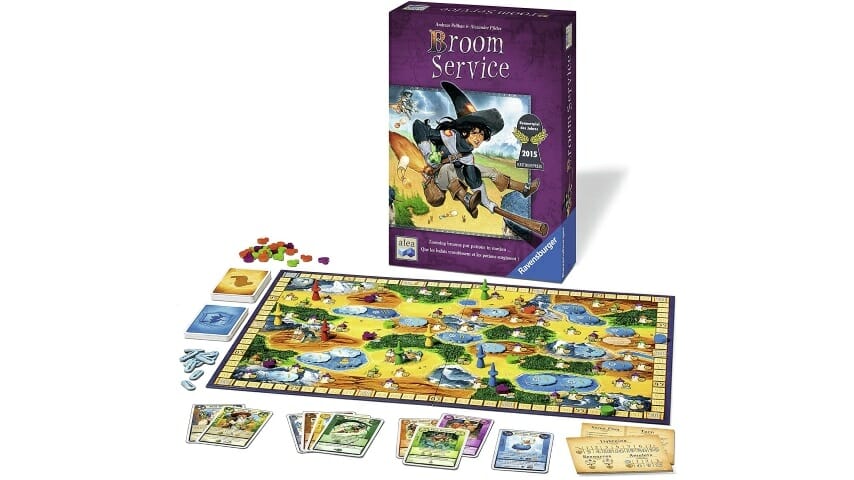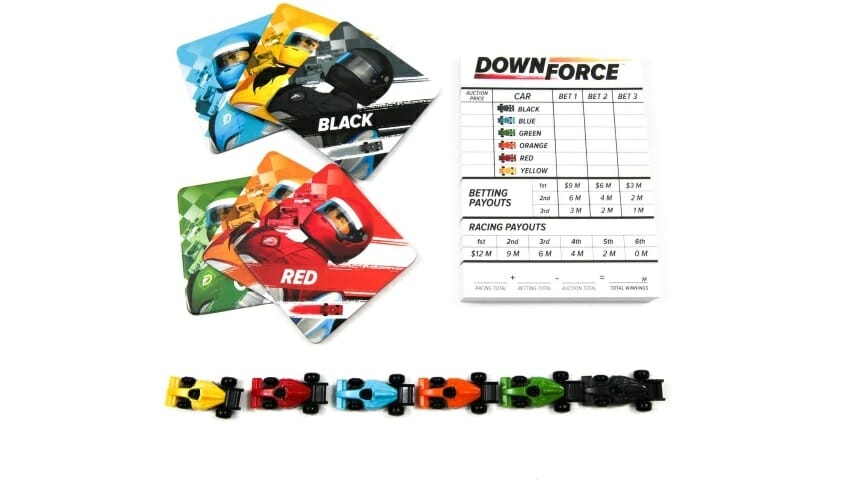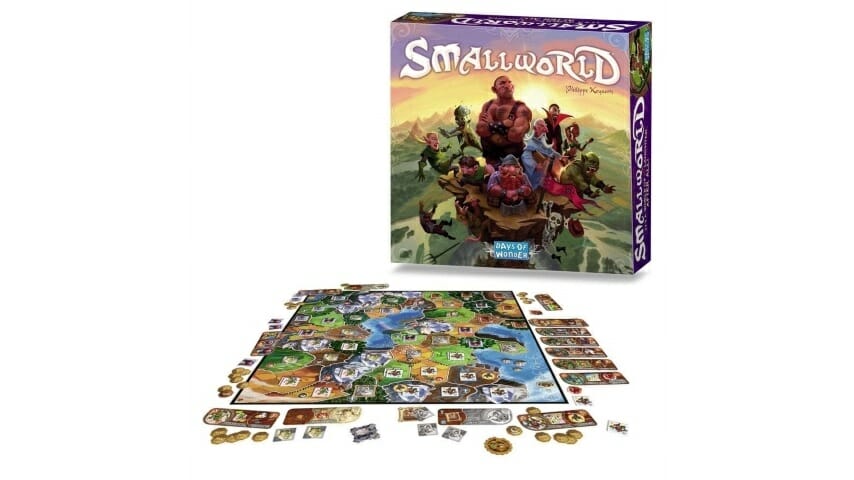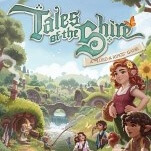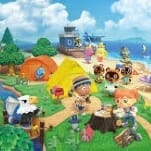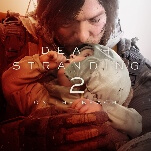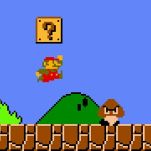The Best Board Game Reboots

Last week I reviewed Nova Luna, a new game based on an older one called Habitats. These kinds of reboots or, as Boardgamegeek calls them, reimplementations of earlier games are more common than you might think. Here are some of the best reboots I’ve ever played, with their original titles and an explanation or two of what changed.
5. Yellow & Yangtze

Original Game: Tigris & Euphrates
Reiner Knizia remade his classic area-control game Tigris & Euphrates, considered one of the all-time classic Eurogames, with this 2018 game that changes a couple of core mechanics in the original. (This is supposedly because Knizia decided his original game was flawed, but I can’t find any source material showing he actually wrote or said this.) In Tigris & Euphrates, players had four leader tiles each, in the game’s four kingdom colors, and would place regular tiles in those colors to try to control larger areas on the board. You can start ‘wars’ by combining two rival kingdoms with the same colors and two different players’ leaders, or place your leader of one color into another players’ kingdom to try to start a rebellion. You score in all four colors, and your lowest score is the one that counts against other players’ lowest scores—that is, the highest lowest score wins.
Yellow & Yangtze replaces the original square tiles with hexagonal ones, creating more potential for adjacent plays, and adds a fifth kingdom, yellow, that functions as a wild card in the scoring, adding to whatever score of yours is lowest at game-end. In Tigris & Euphrates, you would refill your hand of tiles randomly, but in Yellow & Yangtze there’s a public market of tiles that you can use at certain times to gain more control over your strategy. They’re both great games, and extremely similar, but fundamentally different in how they play out.
4. Citadels
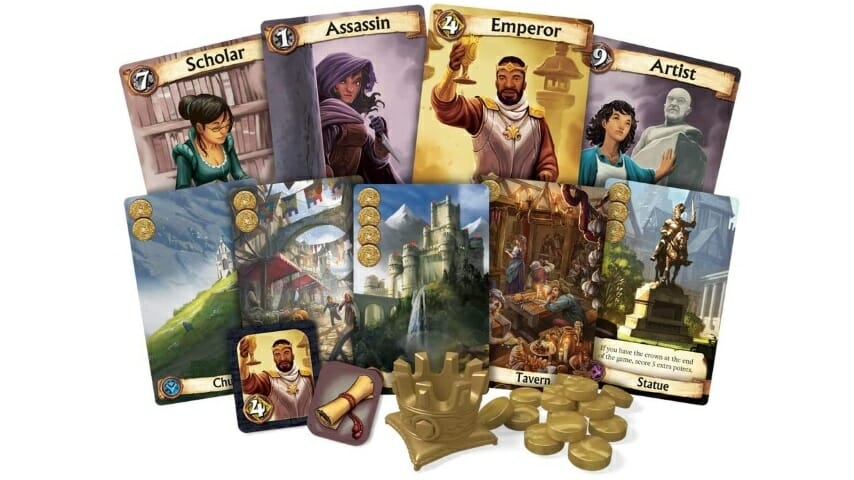
Original Game: Citadels
Citadels didn’t change its name, but the reboot does multiple things extremely well that should be a model for designers and publishers looking to reimplement other out-of-print classics. Players would choose roles from the eight on the table in each game, changing roles each round, gaining gold—often at other players’ expense—and using it to construct buildings (or districts) for points. The game ends when one player builds their eighth building. The original Citadels came out in 2000 and included eight roles from which players would choose in each round, and a subsequent expansion introduced 10 more. The new version, which dropped in 2016, included all 18 of those plus nine new ones, as well as all of the buildings (now called districts) from the two earlier boxes plus more new ones. Fantasy Z-Man Games also reissued the original game in a $10 small box at the same time that they produced this new implementation, which was both consumer-friendly and an acknowledgement that some folks would just prefer the original.
-

-

-

-

-

-

-

-

-

-

-

-

-

-

-

-

-

-

-

-

-

-

-

-

-

-

-

-

-

-

-

-

-

-

-

-

-

-

-

-

